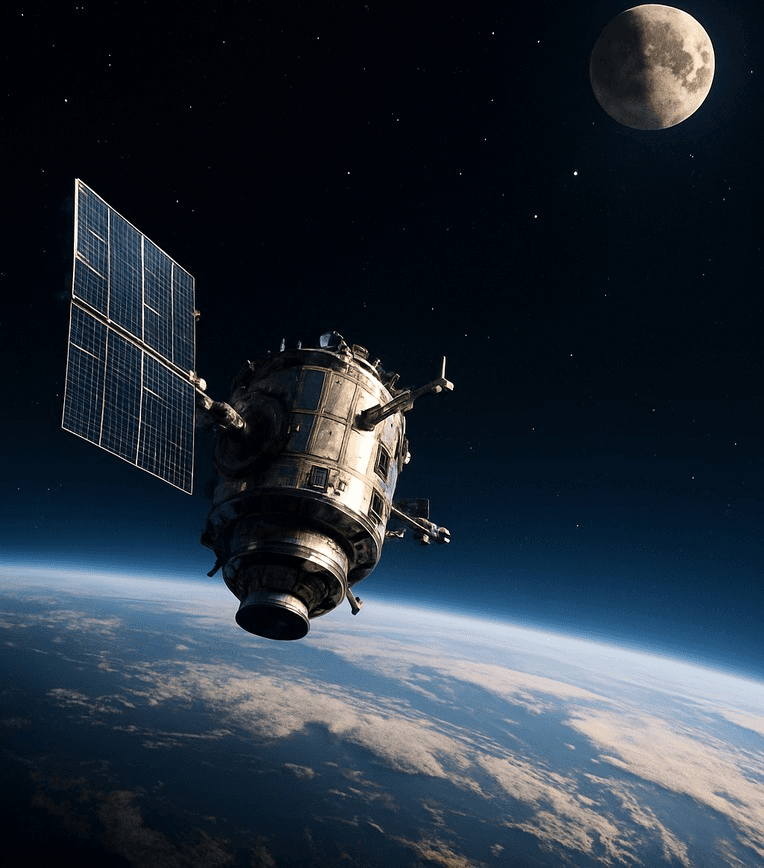
Industry research
Scope
Europe
Companies
91
Table of contents

Cumulative European PV capacity reached ~208.9GW in 2022 and is projected to grow to ~457.8GW by 2026 (+21.7% CAGR 2022-2026; Solar Power Europe, December 2022)
Solar PV installations in Europe were estimated at ~41.4GW in 2022 and are expected to reach ~53.4GW in 2023 and ~62.0GW in 2024 (Solar Power Europe, December 2022)
Continuous development of solar PV technology from reduced capital intensity, improved energy conversion rates, increased storage capacity and extended plant lifetimes, thereby leading to the constant decline of LCOE (interview by Gain.pro; International Energy Agency, November 2023; Solar Power Europe, June 2023)
Increase in power purchase agreements amongst corporates driven by their ESG-friendly positioning will further drive demand for solar power (interview by Gain.pro). At the same time, prices for these PPAs are increasing as energy prices remain high (e.g. UK PPA prices jumped ~30% in Q4 2022; Solar Power Portal, February 2023)
Simplification of government subsidies for consumer PV systems will further drive adoption by the EU population (European Commission, November 2023; Sunstyle, October 2022). Simultaneously, European governments are investing in further strengthening local development and manufacturing capabilities (Solar Alliance, July 2023)
The outperforming solar adoption across the EU outpaces electricity grid improvements and the rollout of storage technologies (e.g. batteries), which could slow down incentivisation and adoption until these problems are negated (Politico, August 2023)
High and rising interest rates will likely lead to a decrease in large-scale solar projects, as players rely on external debt for ~80-90% of total financing. Higher interest rates lead to higher LCOE and investment costs, thereby pressuring returns (interview by Gain.pro)
Shortage of qualified personnel in Europe hampers total installation capacity, with the EU needing >1m solar workers by 2030 to meet higher renewable energy targets under its REPowerEU initiative (i.e. double solar capacity from ~320GW by 2025 and install ~600GW by 2030; Reuters, February 2023)
With the full report, you’ll gain access to:
Detailed assessments of the market outlook
Insights from c-suite industry executives
A clear overview of all active investors in the industry
An in-depth look into 91 private companies, incl. financials, ownership details and more.
A view on all 311 deals in the industry
ESG assessments with highlighted ESG outperformers







